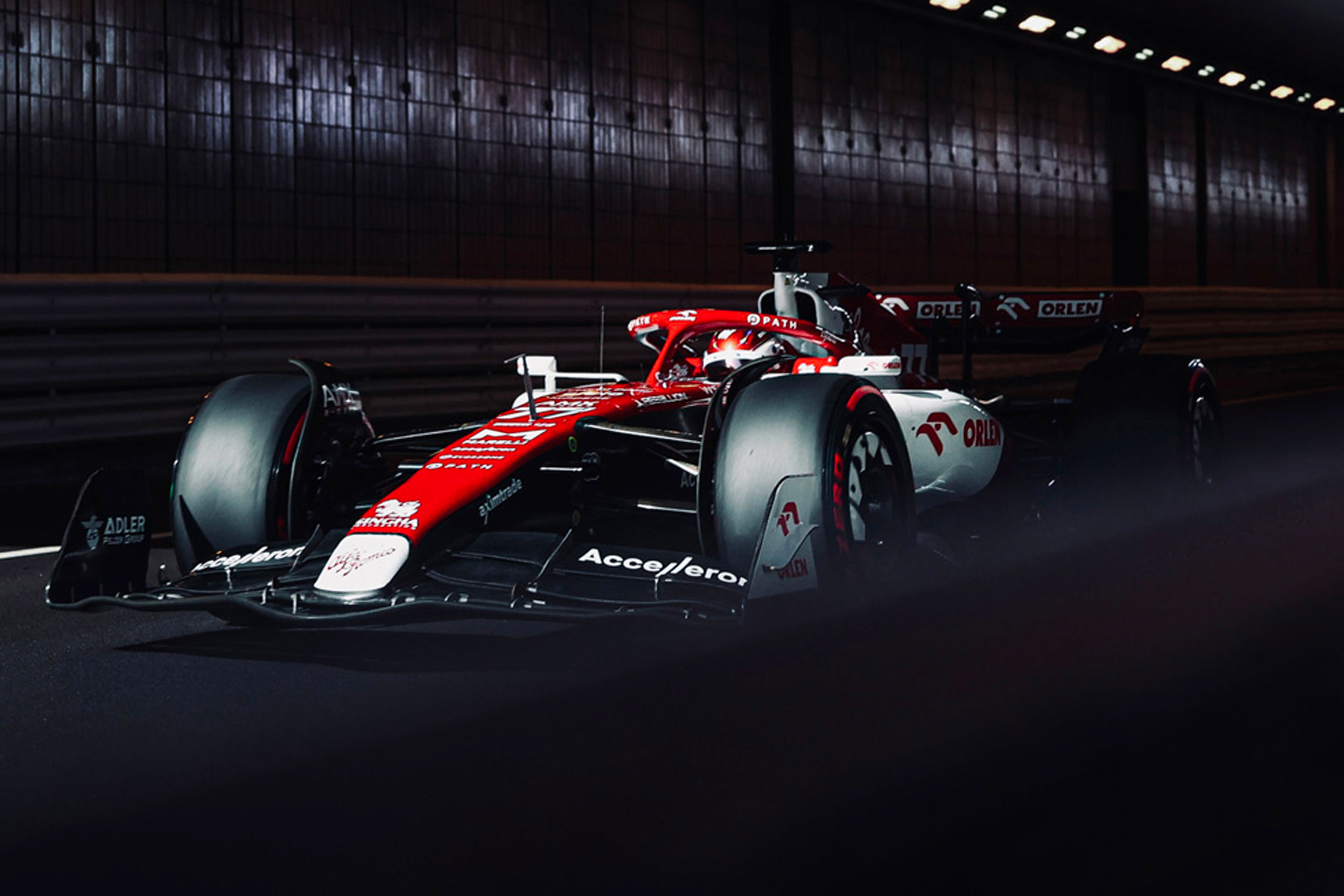On the 13th of May 1950, 22 cars lined up on a windswept racetrack in southern England for the first ever Formula One World Championship race. The format was simple: the fastest wins. But what made this race different was “the Formula”, a set of rules defining what kind of cars could compete in the world’s most elite motorsport series. Formula One was born.
Since the turn of the 20th century, a lack of regulation had made motor racing extremely dangerous. “The Formula” sought to address this by bringing some consistency to the size and power of the cars battling on track. To this day, safety remains a crucial focus of Formula One regulation, with new rules seeking to better protect both drivers and spectators. 72 years after the first Formula One race, Alfa Romeo F1 Team ORLEN driver Zhou Guanyu would survive a horrific crash at the very same circuit. Zhou was saved by the halo system, a curved titanium bar protecting the driver’s cockpit from large objects or debris. The system had only been introduced in 2018, to some controversy. The FIA, Formula One’s governing body, had made the halo a compulsory component on all vehicles in the latest series of regulations designed to improve the safety of motorsports flagship series.
The importance of safety regulation goes far beyond the world of elite motorsports. For the industries served by Accelleron, regulation has long helped to protect people and property. Standards and procedures work to minimize the chance of serious accidents. Governing bodies enforce these rules, fining or closing companies who fail to comply with them.
However, in recent years, both Formula One and Accelleron’s customers have seen their rulebooks integrate a new focus: sustainability.
Formula One has announced its plans to have a net zero carbon output by 2030. This season’s cars run on “E10” fuel, a blend of 90% fuel and 10% renewable ethanol. In 2025, a new generation of sustainably fueled hybrid power units will significantly reduce each car’s in-race carbon emissions footprint. Soon, fossil-fuels will no longer be a part of the petrol heads’ favorite sport. The Formula is evolving.
Meanwhile, international targets have been established to reduce CO2 intensity from international shipping in 2030 by 40 percent compared to 2008 levels, and 70 percent by 2050. Ocean shipping moves about 90% of the world’s goods. Tackling the industry’s carbon footprint is key to reaching the decarbonization targets needed to effectively address man-made climate change.
But whether in the marine industry or on the Formula One grid, these targets and regulations would be meaningless if they couldn’t be adhered to and enforced. And that is where digitalization comes into play.
As covered in our last article, the modern Formula One car is a hyper-connected performance data generator. On track, it produces far too much raw data for the human brain to analyze. Instead, the information is relayed to teams’ race support rooms, and automatically processed for the split-second decisions that can decide a race’s outcome. This serves more than a performance objective. Each team’s data center is directly connected to the FIA, where race marshals can review exactly what happened on track and whether a team has raced within the rules.
Yet a Formula One race happens over a couple of hours, in one location. The global shipping industry operates around the clock and across the globe. How can regulators possibly oversee such an expansive industry?
Our previous article outlined how Accelleron’s Tekomar Xpert Marine platform helps fleet managers and crews to take decisions that optimize engine performance and fuel consumption. As in Formula One, this operational visibility also plays a key role in helping ship owners and regulatory bodies monitor compliance. Tekomar Xpert’s emissions module enables accurate forecasting of a vessel’s CII rating and CO2 emissions. The platform is already helping monitor the CO2 output of more than 8000 engines worldwide.
In its broadest terms, digitalization has given us new insight into the hardware that makes our world go round, whether it be a racing car or a propulsion system. In turn, we’ve gained a better understanding of the impact these technologies have on the planet. By sharing that understanding, we can ensure that if rules have been agreed on, everyone can play to them.
Both Formula One and the industries served by Accelleron have a long way to go before they reach full decarbonization. As the importance of resource efficiency and reducing our ecological footprint grows, so will the regulation focused on achieving these goals. Whether at Accelleron or Sauber Group, digitalization will play an increasingly important role in empowering teams to adapt, comply and thrive within the rules.














